Your cart is currently empty!
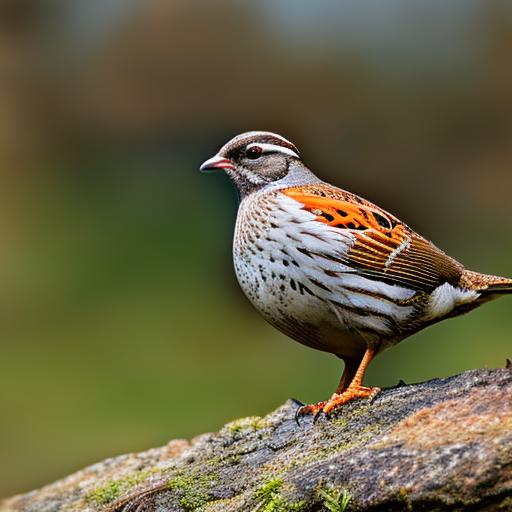
The Secret Spots: Where to Find Quail No One’s Talking About!

Table of Contents
Introduction
There’s an unparalleled thrill to it, you know? Stepping into the woods, feeling the morning mist cool against your face, and embarking on yet another quail-hunting adventure. Now, I’ve been at this for years, and if there’s one question I often get from fellow hunters, it’s “where to find quail?” It’s a quest every hunter embarks upon, whether they’re seasoned pros or just getting their feet wet. I’ve wandered through popular hunting grounds, listening to the distant calls of birds, and also ventured into less-traveled paths, where the only sound for miles is the rustling of leaves underfoot. Over the years, I’ve stumbled upon (sometimes quite literally!) a few secret spots that have made my hunting experiences truly memorable. And trust me, there’s nothing like the satisfaction of discovering a location that feels untouched, wild, and teeming with the soft chirrups of quails. So, if you’re hoping to add a little magic to your next hunt, keep reading. Let’s embark on this journey together.
Understanding Quail Habitats
Natural Behaviors:
Over my years of chasing quail across varied terrains, I’ve noticed a few things that never change: their daily routines. Quails, charming as they are, have a set pattern. They typically feed in the early mornings and late afternoons, foraging on the ground for seeds and insects. By midday, especially during hotter periods, you’ll find them resting in shaded areas or taking refuge under bushes. Social creatures, they are. You’ll often spot them in coveys, or groups, especially in the non-breeding season. This group behavior not only offers protection but also warmth during colder nights.
Landscapes They Love:
Ah, the places you’ll find these birds! Quail have a knack for picking the most picturesque spots. From open grassy fields, where they can run and forage freely, to the edges of wooded areas offering ample protection. They love a blend of environments. Brushy cover, for instance, is a favorite. It provides them with safety from predators and a good place to nest. Water sources nearby are a bonus. Streams, ponds, or even temporary water puddles can be a magnet for them. So, when you’re scouting for places, think like a quail: where would you go for food, shelter, and a quick drink?
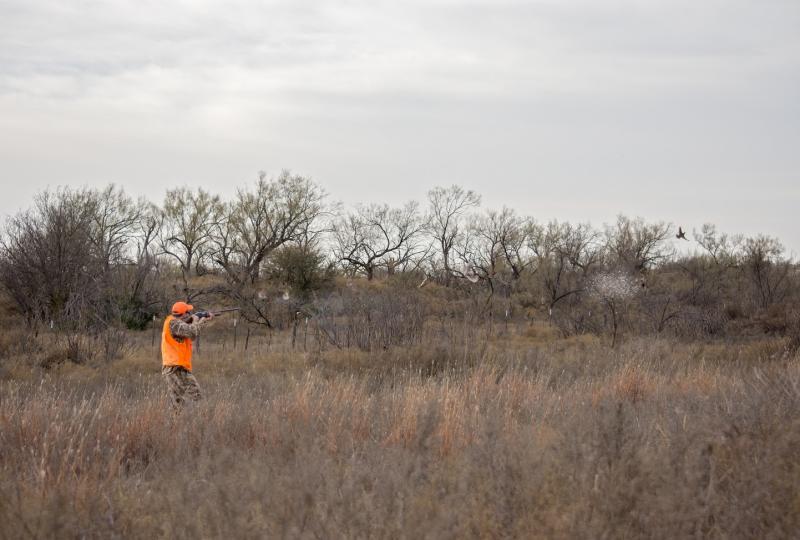
Seasonal Changes:
Just like us swapping out winter coats for summer tees, quails too respond to the changing seasons. Their habitats can shift based on temperature, food availability, and breeding needs. Some species, like the Northern Bobwhite, tend to stay put all year round. But others? They’re a bit more migratory. As autumn paints the trees, many quail species begin to form larger coveys and might relocate to areas with more food and better cover. During spring, with breeding in full swing, you’ll notice them venturing out more, calling out to mates and establishing territories. Keeping an eye on the calendar and understanding these seasonal shifts can be your secret weapon in predicting where these birds will turn up next.
Armed with these insights, you’re not just hunting; you’re entering the world of quail, understanding their choices, and respectfully sharing their habitat. And trust me, that connection makes the chase all the more rewarding.
Off-the-Beaten-Path Hotspots
Local Legends:
In every hunting community, you’ll find stories passed down like heirlooms, whispered around campfires or exchanged over a pint at the local tavern. Tales of elusive quail spots, places where the birds seem to congregate as if they’re holding their own secret meetings. Some speak of an old orchard, where quails feast on fallen fruits, while others tell of a forgotten meadow, kissed by the morning sun, bustling with these little birds. The trick isn’t just to listen to these tales, but to decode them. Behind every legend lies a grain of truth, and that could be your ticket to a jackpot hunting spot.
Overlooked Areas:
It’s human nature to flock to the known, to the places we’ve had past success or where everyone says the quails are in plenty. But sometimes, the magic happens just around the corner. The edges of popular hunting areas, for instance, are often ignored. Think about it: while most hunters tread the well-worn path, these peripheries offer quail the safety and food they need. Another often-ignored treasure? Areas transitioning between two types of habitats, like a grassland meeting a forest. These ecotones are rich in food and provide ample cover, making them quail havens.
Safeguarded Secrets:
Now, here’s where I get a tad personal. Over my years, I’ve chanced upon places so perfect, it felt like stumbling into a secret world, one where the quail ruled. An abandoned farmhouse with overgrown vegetation, a quiet stream with a canopy of trees, or even a patch of land scarred by an old wildfire, witnessing nature’s resurrection. These are my safeguarded secrets. And while the temptation to shout about them from the rooftops is real, I’ve held back. Not for selfish reasons, but for conservation. These spots, if overrun, can lose their charm and disrupt the quail’s natural habitat. It’s essential, as hunters, we recognize the importance of conserving such places, not just for the hunt but for the future of these delightful birds.
In the end, the hunt for off-the-beaten-path hotspots is as much about adventure as it is about respect for the quail and their homes. It’s a thrilling chase, one that promises both surprises and satisfaction in equal measure.
Strategies for Locating Your Own Secret Spots
Observation is Key:
You know, there’s an art to reading nature, a subtle dance of patience and keen-eyed observation. For locating quail, it’s no different. The early morning dew can betray paths where quail have roamed; their soft chirps give away their presence. Start by making yourself a silent spectator. Hunker down near likely spots and watch. Observe their foraging habits: Are they favoring a particular bush or a patch of land? Keep an ear out for their calls, especially during the mating season when they’re most vocal. Fresh droppings or feather trails can also be tell-tale signs of recent quail activity. It’s these nuances, these tiny breadcrumbs that nature leaves behind, that can lead you to your very own secret spot.
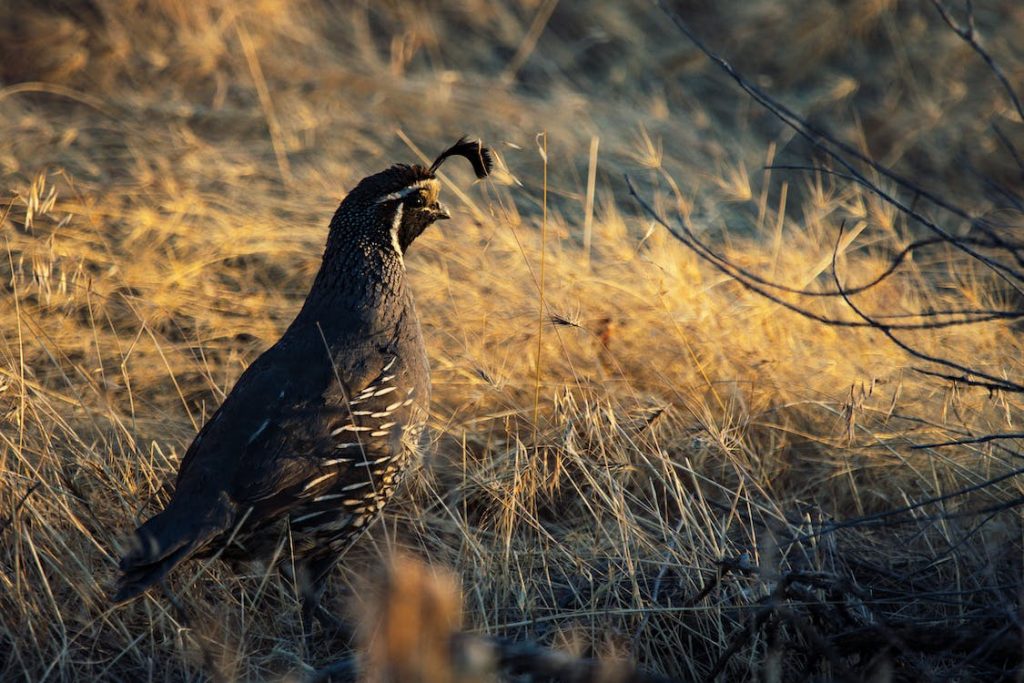
Leveraging Local Knowledge:
Now, here’s a strategy that’s as old as hunting itself but remains gold. Every region has its local hunting legends, folks who’ve trampled every inch of the terrain and know it like the back of their hand. Befriend them. Share tales, buy them a drink, and listen more than you speak. The aim isn’t to get them to spill their best-kept secrets – that’s neither fair nor honorable. Instead, it’s about picking up on the general knowledge, understanding trends, and occasionally, discovering places that have fallen out of favor but are still rich in quail. And while you’re at it, remember to play your cards close to your chest. Discussing general areas is fine, but if you’ve found that magical spot, keep it to yourself.
Use of Technology:
In this age, the modern hunter has a few technological tricks up his sleeve. Satellite imagery, available on many map services, can help identify potential quail habitats from a bird’s-eye view. Look for the convergence of terrains or hidden water sources – places you might miss on the ground. Furthermore, specialized hunting apps have emerged, offering everything from topographical details to community-shared insights (though take those with a pinch of salt). Trail cameras are another nifty tool. Set them up in potential spots, and you can get a glimpse of quail activity without being physically present. Technology, when used ethically and responsibly, can be a game-changer in locating those elusive quail havens.
In essence, finding your secret quail spots is a blend of age-old wisdom, patient observation, and a sprinkle of modern tech. Each outing is a learning experience, a step closer to that perfect hunting ground. And trust me, when you find it, every strategy, every hour spent observing, will feel worth it.
Related Questions:
Is it ethical to keep a hunting spot secret?
Absolutely! Keeping a hunting spot secret is not only ethical but sometimes essential. Overcrowding can harm natural habitats, causing undue stress on the quail populations and other wildlife. Plus, hunting, for many, is as much about the serenity and connection with nature as it is about the chase. Revealing all your prized spots can rob that tranquility. However, it’s also crucial to share knowledge responsibly, helping budding hunters without compromising nature’s delicate balance.
How can beginners improve their chances of finding a great quail spot?
For beginners, I’d recommend starting with some research – maps, local hunting forums, and regional wildlife reports can give insights. Joining a hunting club or partnering with a seasoned hunter for the first few outings can be incredibly educational. Practice patience and observation; sometimes, sitting quietly in potential habitats allows you to see signs you’d miss otherwise. And remember, every venture out, successful or not, adds to your knowledge.
Are there any safety concerns when exploring new hunting grounds?
Definitely. When exploring new grounds, always let someone know where you’re going and your expected return time. New terrains can have unpredictable elements: marshy areas, cliffs, or even territorial wildlife. It’s vital to wear appropriate gear, carry a first aid kit, and perhaps even a GPS or a map and compass if you’re in very remote areas. Respect nature, and always prioritize safety over the hunt.
Summary
Ah, the journey of discovery and adventure. There’s nothing quite like it. Over the course of this article, I hope you’ve caught a whiff of the wild, felt the exhilaration of finding hidden spots, and maybe even reminisced about your own memorable hunts. When it comes to the question of “where to find quail,” remember that it’s not just about the destination, but the journey. Every hunter has their secret tales, and over time, you’ll weave your own tapestry of stories. Embrace the search, revel in the thrill, and always hunt with respect for the land and its creatures. As we wrap up, I encourage you to wear your experience like a badge of honor, share wisdom when asked, and continuously seek the thrill that only nature can provide. Here’s to many successful hunts and countless stories yet to be told. Cheers!

Herb has been a longtime lover of the outdoors. Whether it be hunting, camping, fishing or just getting outside to reset. Proud father and animal lover. Bourbon anyone?

by
Tags:
Comments
One response to “The Secret Spots: Where to Find Quail No One’s Talking About!”
-
[…] and to conserve energy, quails tend to lay low. This, my fellow hunters, is the primary reason why spotting a quail post-morning becomes akin to finding a needle in a […]

Categories
- Big Game Hunting (301)
- Deer (202)
- Reviews (3)
- Shooting (16)
- Slingshot (1)
- Small Game Hunting (42)
- Upland Hunting (126)
- Waterfowl Hunting (3)

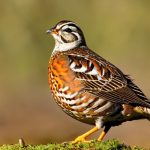
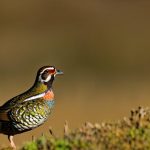
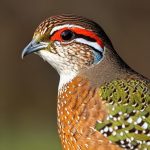

Leave a Reply